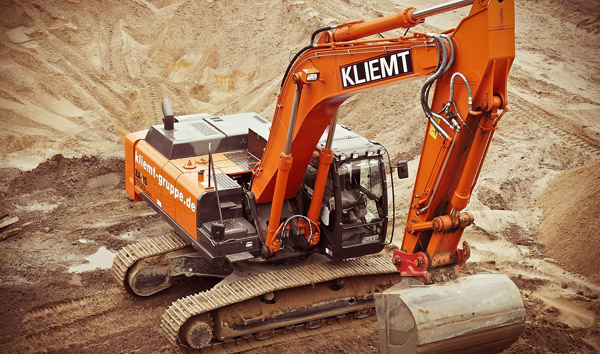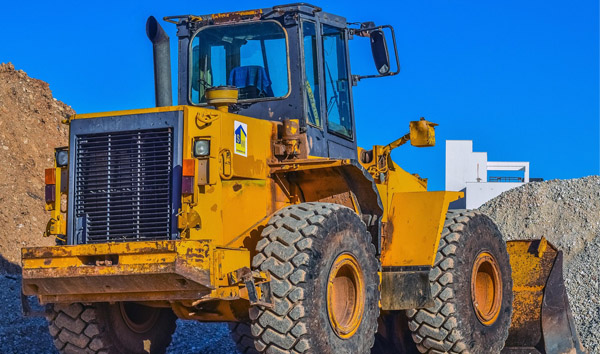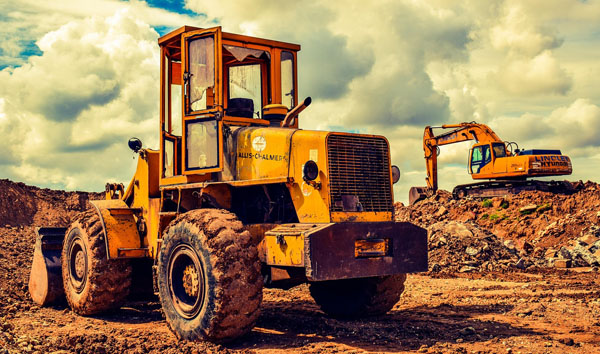Revolutionizing Heavy Lifting: The Future of Rough Terrain Forklift Energy-Saving Technology
2025-07-27 05:20:25
The demand for Rough Terrain Forklifts has surged in industries like construction, agriculture, and logistics, where rugged performance is non-negotiable. However, traditional models often consume excessive fuel, leading to high operational expenses. Enter energy-saving technology—innovative solutions designed to maximize power while minimizing waste. By integrating hybrid engines, regenerative braking, and smart load-sensing hydraulics, modern rough terrain forklifts are setting new benchmarks in sustainability and cost-efficiency.
One of the most groundbreaking advancements in rough terrain forklift energy-saving technology is the adoption of hybrid powertrains. These systems combine diesel engines with electric motors, significantly reducing fuel consumption by up to 30%. For example, a leading manufacturer reported a 25% drop in emissions after switching to hybrid models. The electric motor assists during peak loads, while the diesel engine operates at optimal efficiency, making rough terrain forklifts both eco-friendly and powerful.
Regenerative braking is another game-changer in rough terrain forklift energy-saving technology. This system captures kinetic energy during deceleration and converts it into reusable electricity, stored in onboard batteries. Field tests show that regenerative braking can improve fuel efficiency by 15-20%, especially in stop-and-go applications like warehouse yards or construction sites. This not only cuts costs but also extends the lifespan of braking components, reducing maintenance downtime.
Smart hydraulics play a pivotal role in enhancing the efficiency of rough terrain forklifts. Advanced load-sensing systems adjust hydraulic pressure based on real-time demands, eliminating energy waste. For instance, when lifting lighter loads, the system reduces power output, conserving fuel without compromising performance. Industry data reveals that forklifts equipped with smart hydraulics achieve up to 18% better fuel economy compared to conventional models, proving that energy-saving technology is a must-have for modern operations.
The future of rough terrain forklift energy-saving technology looks even brighter with the integration of IoT and telematics. Real-time monitoring allows operators to track fuel usage, engine performance, and idle times, enabling data-driven decisions for further optimization. Companies leveraging these tools report a 12-15% reduction in annual fuel costs. As sustainability becomes a priority, investing in energy-efficient rough terrain forklifts isn’t just smart—it’s essential for staying competitive in a rapidly evolving market.













